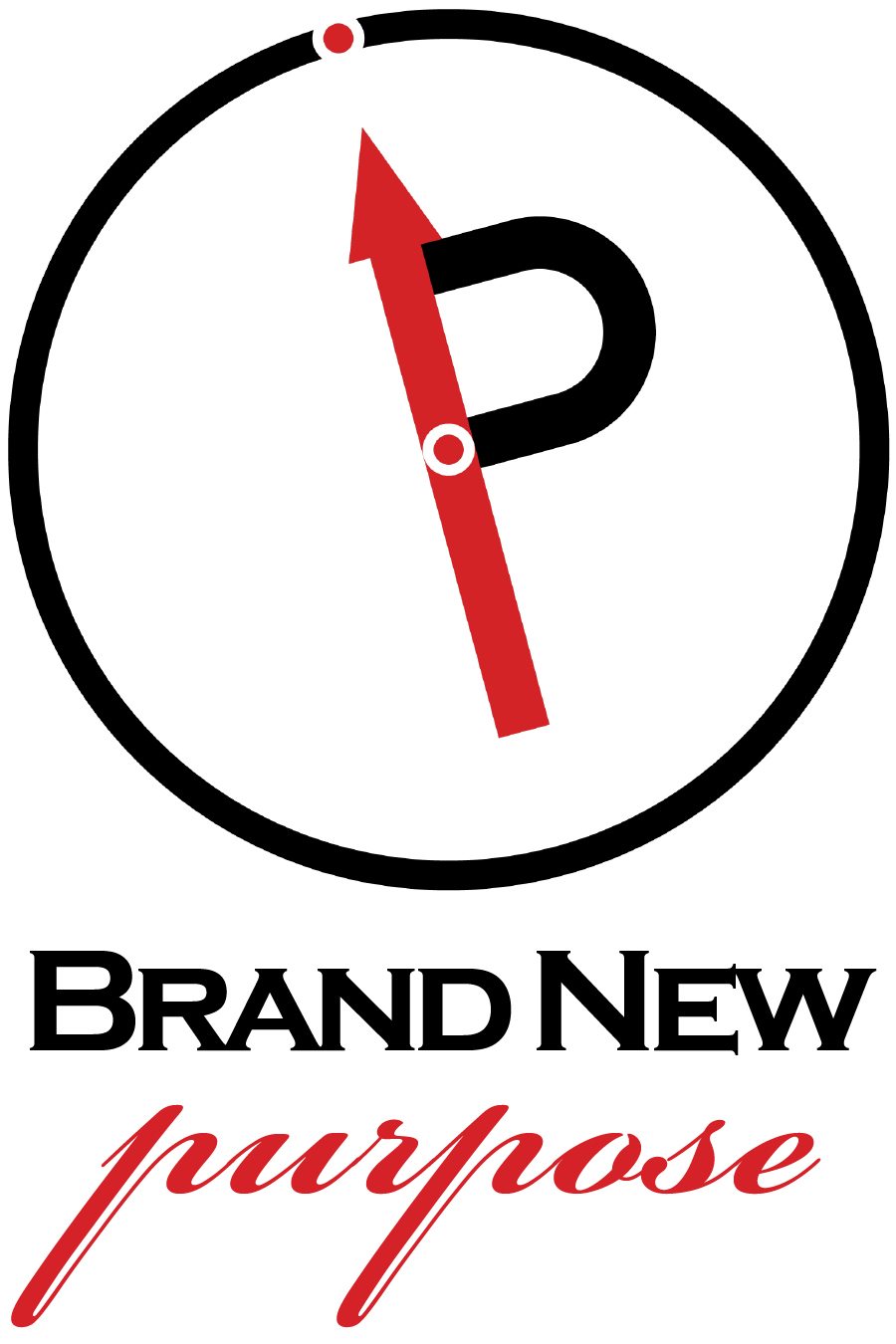This is the wrap to our four-part series on the future of local governments in the USA. To recap, we outlined some driving forces of change, aspects of civic well-being, and then brought it together under the umbrella of place branding. As you’ll recall, we suggested three major steps to take in our first article:
1. Putting someone in charge of strategic planning, branding and innovation
2. Develop a plan for consolidation of services as revenues collapse
3. Make continuous sustainability your central policy goal
We’re going to talk here about each of these in more detail. But we’re also going to add a fourth. Create an “Audit and Response System” so you’ll be able to document and leverage the results of your efforts.
Put someone in charge
It turns out it is easier said than done. Any city has many stakeholders and often many of them are in competition with one another for resources and policy priorities. It takes a strong leader to bring these factions together and focus on the good of the whole – one focused on a purpose larger than themselves.
We recommend approaching this issue systematically. We have found a great way to start this process is by using a process called “The Delphi Technique”. It assembles, in an anonymous fashion, a large group of civic leaders to identify policy priorities and ranking them in terms of impact and priority for action. Out of that process comes consensus on which direction to move and what will have the most effect in terms of well-being and branding. A volunteer subset of this panel then becomes the group keeping the planning, branding and innovation process alive.
Develop a plan
This is fairly straightforward strategic planning exercise. But more often than not cities don’t have people experienced in this process – especially where you need to evaluate competitive players, systemic weaknesses, long-time frames and a regional approach. This may be where you want to involve outside resources to help. There are two that we recommend you start a conversation with:
· International City Management Association (ICMA). This is the premier forum for community leaders and has a very extensive network of professionals.
· Alliance for Innovation This organization exists to help communities innovate, stay future focused and share learning’s across local boundaries.
Sustainability as a central policy goal
This is tough because most leaders don’t know how to define this in operational terms, which can be observed and measured reliably. A good place to start is by doing a review of other current efforts to learn from others what your policy implementation metrics need to be.
Given the ever larger central role technology is playing in today’s world, a good place to start your search is looking at assessing your community’s readiness to leverage technology as a basis of promoting sustainability. There has been much effort on this over the past two decades and readiness assessment is now a mature process. In the late 19th Century you would have started with railroads, today it’s the Internet.
Now we come to our last recommendation for moving forward.
Audit the process
You would not want to fly in a plane without a compass, altitude indicator or airspeed instrument. So why would you want to risk the future of your community on efforts that weren’t guided, over time, by sets of valid and reliable metrics?
Every community is different and has it’s very own brand. So you need an audit process, which fits your individual situation. Private companies have dealt with this issue for quite awhile. What they have found is that using a number of factors and numerous indicators for each factor is the most effective approach.
This process is called the “Balanced Scorecard”. This is now in its third generation of development. There must be something here for it to persist that long.
It is something that gets created in your community and led by the team that grows out of the Delphi Technique.
And more importantly in today’s age of government transparency the system needs to have an interface that is open to the public, but a database behind it that is not subject to tampering, modification or manipulation. We call that interface a ‘dashboard’ and it is composed of a dynamic set of different kinds of indicators keyed to your situation.
So what would that look like? Again this is only an informative example, but there is one we have seen used in numerous communities with great success. It’s called a Community Handprint.
In conclusion, we hope you have found this series of blogs to be inspiring and valuable. It is by no means the final answer to keeping your city from becoming “DOA in the 21st Century”. But it’s a sound start. Please contact us if you’d like to find out how we could help you and to find out how we have successfully done this for our clients.

